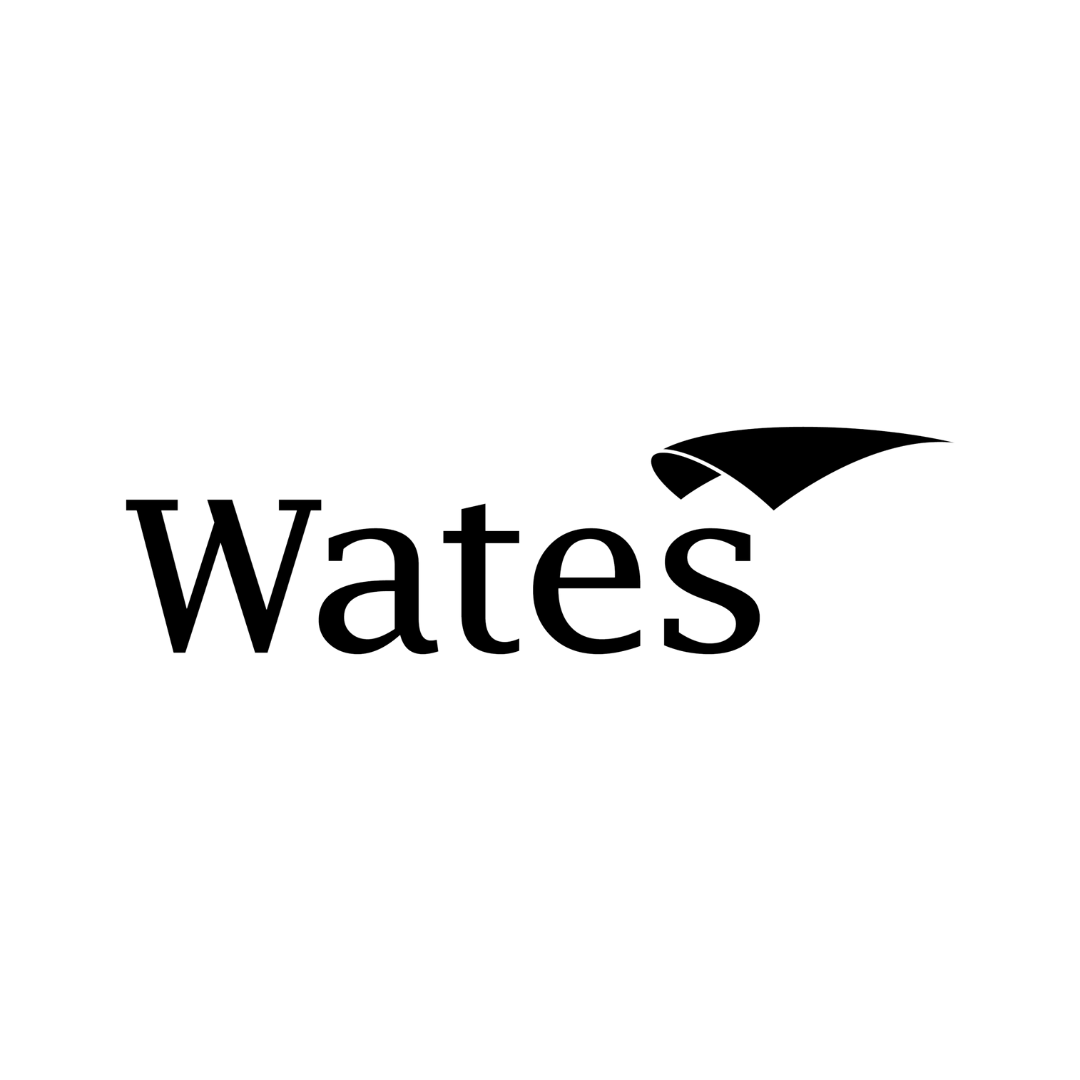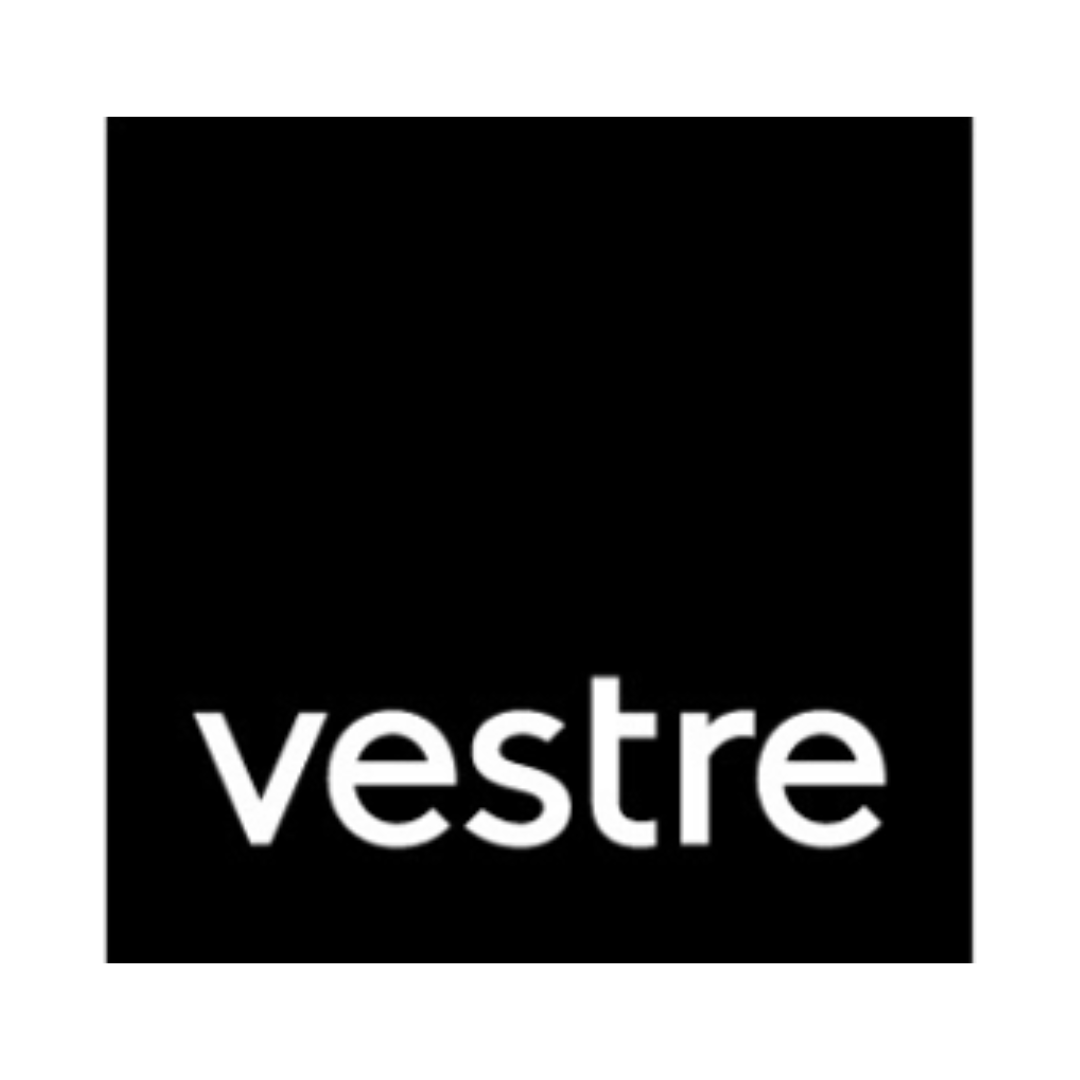Project showcase
UCL East Marshgate, London Borough of Newham for University College London with Stanton Williams, Sheppard Robson, Mace Ltd, Vogt Landscape, AKT II and Arup

Part of the Olympic Park legacy, UCL East’s new Marshgate campus in Newham spans 35,000m², focusing on community regeneration and innovative learning. Embracing a long-life, loose-fit design, it serves as a “living laboratory” with public routes, openable glazing, and event-ready infrastructure. Of the 1,500 on-site workers, 30 per cent are local residents, with over 125 apprentices annually. The project aims to encourage cross-disciplinary learning while making the space welcoming and accessible to all.
Who is on the project?
Delivery Architect - Sheppard Robson
Contractor - Mace Ltd
Landscape - Vogt Landscape
Structural Design - AKT II
MEP, Infrastructure, Lighting, Acoustics, Logistics, Vertical Transportation, Transport, BIM, Security, Sustainability - Arup
Design Manager - Plan A
Public Consultation - Soundings
PD Advisor - Bureau Veritas
Catering - Tricon
Accessibility - All Clear Designs Limited / Arup
Project Manager - WSP / Turner and Townsend
Access and Maintenance - REEF Associates Ltd
Cost Consultant - Aecom
Describe the social and environmental context of this project, its neighbourhood and people. What is the purpose of the building? How does this building make an impact in its community?
Marshgate is a pioneering 35,000m² new building within UCL East, University College London’s new campus in Newham. It contributes to the Olympic legacy by creating an accessible university environment engaged with real world problems, the local community and its neighbouring partner institutions of the East Bank—BBC Music Studios, London College of Fashion, Sadler’s Wells and V&A. Given Newham’s status as the third most deprived local authority in London (25th in England), by transforming a postindustrial site, Marshgate focused on community regeneration. A substantial engagement programme sought to widen access to higher education and boost local economy. During construction, extensive outreach and a community investment plan by UCL and contractor MACE involved 27 local schools, provided free after-school clubs, 1320hrs of work experience, summer schools, fundings and legal advice for local charities/communities and over 50 apprenticeships, which helped local people acquire skills in the construction sector. Of the 1,500 people employed on site, 30% were local residents, with more than 125 apprentices every year. Marshgate provides an important gateway to the Olympic Park from Pudding Mill Lane and the residential districts to the south. Its publicly accessible lower levels feature the Institute of Making, art displays, interactive exhibitions, a riverside café, community spaces and event areas. Activities in these spaces are co-produced by UCL along with local creatives and community organisations and include a series of public events linked to Luke Jerram’s Gaia Globe artwork, which gently rotates in Marshgate’s atrium, engaging local children with UCL’s climate research programme.
Is the project innovative or creative in its design or purpose? What does it do well in terms of serving its people?
Recognising that solutions to key challenges facing the planet (from climate collapse to deep inequality) lie less within traditional disciplines than in the interaction between them, Marshgate’s purpose is twofold: facilitate new, cross-disciplinary ways of learning to accelerate breakthroughs in areas such as medicine, technology and art; and engage the public in its activities, in contrast to traditional inward-looking academic buildings. As founding partner of the East Bank and SHIFT innovation district, UCL’s activities within Marshgate are aimed at fostering collaboration between neighboring institutions, local businesses and communities to impact locally and globally. This was a challenging brief, not least because no existing UCL faculty was to be based in Marshgate. Instead, the building was to house entirely new courses (designed by academics with local businesses and governmental organisations), alongside multidisciplinary laboratories where, for example, materials scientists and finance experts could work alongside art conservationists. This meant we couldn’t base our design around user-engagement on current needs. Instead, we worked with UCL to understand what new teaching/research they might be undertaking and developed concepts for facilities needed both in the immediate and longer term, as new ways of working emerge. Public routes through the building, fully openable glazing and infrastructure in the surrounding landscape for events ensure everyone feels welcome to use Marshgate. Its credentials in universal/accessible design are exemplified by its selection as the home of UCL’s Global Disability Innovation Hub: a research lab working globally to create a fairer world for the estimated 1.2 billion people with disabilities.
Please describe the programme of the building, and how its design serves this use. Please also explain whether the future viability of this use has been considered. How might the building be repurposed to other uses?
Our priority was the building’s social function, encouraging interaction between users, activities and disciplines. This led us to focus Marshgate’s expression and identity around key collaborative spaces and communal areas. The organisational strategy consists of 8 floors grouped into ’vertical neighbourhoods’ of 2/3 floors. Horseshoe-shaped in plan, each ‘neighbourhood’ is oriented towards different views of the Olympic Park and organised around a community space, intended as a stage-set for groupwork. A central daylit atrium and visible circulation routes further encourage interaction. The central floors house student, academic and research spaces, while specialised laboratories occupy the upper floors. The lower levels feature publicly accessible spaces with a café, community spaces and a wide range of activities designed to engage the public. A long-life loose-fit approach underpins Marshgate’s design, with generous structural grids and floor to floor heights enabling easy repurposing. Flexible teaching, fabrication, and laboratory spaces shared across different disciplines are easy to reconfigure as new needs emerge whilst also challenging traditional academic structures and funding models. In lieu of traditional cellular offices for instance, the design has opted for naturally ventilated, shared workspaces distributed around the perimeter. Recognising that teaching methods are becoming less focused on delivering information from lectern to lecture theatre, the project provides flat-floored, flexible teaching spaces, including large-scale studio spaces. In contrast to the steeply raked, large theatres commonly found in facilities of this scale, a publicly accessible, 120-seat collaborative space at the base of the building supports interactive groupwork and engaged learning.
Gallery



Festival of Pineapples
25-27 February
Pineapples prize giving night
March
Pineapples at Festival of Place
2 July
© The Pineapples - Tweak Ltd. 124 City Road, London, EC1V 2NX. Tel: 020 3326 7238




